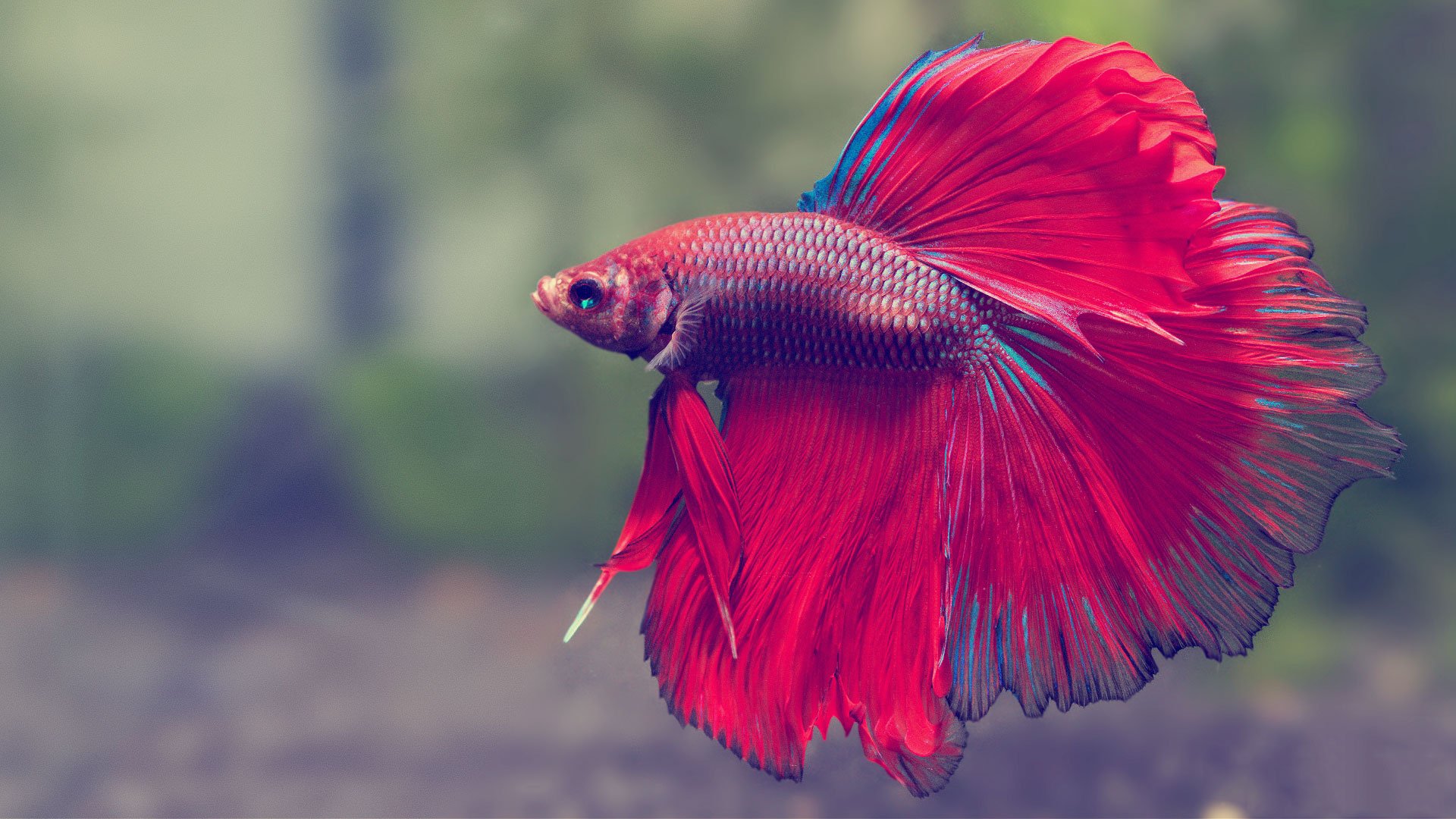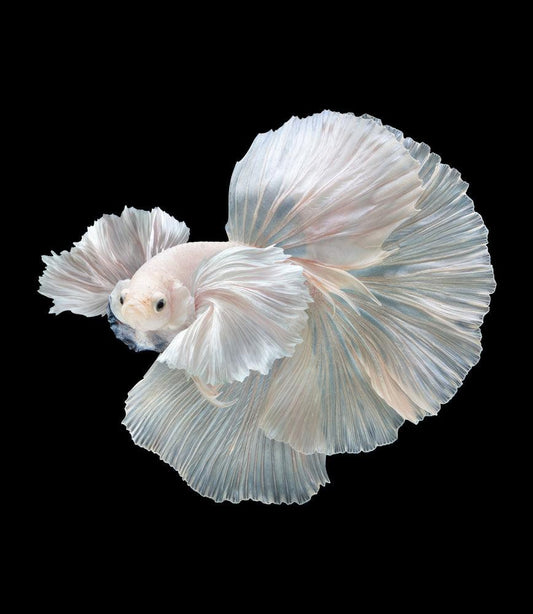Just how to Choose the Right Betta Fish for Your Fish tank
Wiki Article
Breeding Betta Fish: a Comprehensive Step-By-Step Overview to Efficiently Raising Infant Bettas From Eggs to Adulthood
Breeding Betta fish is a careful venture that requires cautious planning and implementation to make sure the effective growth of fry from eggs to grow fish. Picking genetically varied reproduction sets with desirable characteristics is only the beginning; creating an optimal setting and recognizing the intricacies of the breeding process are just as crucial. As the male Betta faithfully constructs a bubble nest and guards the precious eggs, the succeeding phases of treatment and transition demand focus to detail and expertise of best practices. Just how does one navigate the tough yet satisfying course of nurturing these vivid creatures to adulthood?
Picking Breeding Pairs
When starting the journey of reproducing Betta fish, picking the right breeding sets is crucial to accomplishing desirable qualities and a healthy and balanced lineage - betta fish. The initial step in this process is to determine the specific characteristics you wish to enhance or protect, such as color, fin kind, and physique. It is necessary to choose genetically varied sets to prevent inbreeding, which can bring about health and wellness concerns and unfavorable characteristicsEvaluate prospective breeding prospects very carefully. A healthy male Betta must show vibrant shades, an active demeanor, and well-formed fins, while the lady ought to additionally display vibrant coloration and a rounded stubborn belly, suggesting preparedness for spawning. Observing the character of both fish is important, as hostile or extremely timid individuals might not breed successfully.
Maintaining documents of the parent fish's ancestry can aid you track hereditary qualities and prospective issues. Ultimately, investing time in the option process will considerably enhance the chance of generating solid, dynamic spawn that meet your breeding objectives.

Preparing the Reproduction Storage Tank
Creating an ideal reproduction atmosphere is a key step after selecting appropriate pairs for Betta fish. The reproduction storage tank need to be particularly designed to give convenience and boost the all-natural breeding actions of the fish. Begin with a tank size of a minimum of 10 gallons to guarantee appropriate space for both the male and women Bettas.Preserve a gentle filtration system to maintain the water tidy while staying clear of strong currents that can stress the fish. In addition, an air rock can be included in supply oxygenation without interfering with the water surface area too a lot.
Temperature level regulation is important; objective for a stable variety of 78-82 ° F(25-28 ° C) making use of a trustworthy heating unit. The pH level need to be maintained between 6.5 and 7.5, and routine water changes are essential to make certain high water top quality.
Include floating plants or spawning sponges to develop hiding spots for the female, while additionally urging bubble nest building by the man - betta fish. Finally, make certain the storage tank is without sharp decors and any type of possible risks, as the well-being of the fish need to constantly be focused on during this crucial stage of reproduction.
The Breeding Refine
Typically, the breeding procedure for Betta fish involves a series of distinct and observable actions that suggest readiness for recreation. The male Betta begins by developing a bubble nest at the water's surface area, which serves as a site for the fertilized eggs. This nest is essential, as it supplies a risk-free environment for the eggs up until they hatch.Once the nest is established, the man will display courtship habits, such as flaring his fins and displaying dynamic colors to draw in the woman. The female, upon sensing the male's preparedness, will respond by displaying upright stripes along her body, indicating her receptiveness.
When the female techniques, the male participates in a mating dancing, commonly leading to an accept called the "spawning." During this welcome, the female releases her eggs, which the male feeds visit the site instantly. The fertilized eggs then are up to the bubble nest, where the male i was reading this meticulously collects and returns them to the nest. Following this, the male presumes responsibility for securing the nest and making sure the safety and security of the eggs up until they hatch, typically within 24-36 hours. This stage is critical in the reproducing process, laying the foundation for successful fry growth.
Taking Care Of Betta Fry
Caring for Betta fry calls for cautious focus to their atmosphere and nourishment to make sure healthy development and growth. After hatching out, Betta fry are incredibly little and prone, necessitating a steady and clean environment. Keeping a water temperature in between 78 ° F and 80 ° F is vital, as Betta fry thrive in cozy problems. In addition, make certain that the water is devoid of harmful toxic substances; regular water adjustments of 10-20% are advised to maintain ideal water top quality.Feeding Betta fry is just as important. Feed them little quantities a number of times a day, being careful not to overfeed, which can lead to water high quality problems.
Transitioning to Adult Bettas
As Betta fry fully grown, transitioning them to grown-up Bettas is a critical phase that needs mindful management of their environment and social interactions. This process usually begins when the fry reach around 6 weeks of age, at which factor they can be slowly presented to a much more structured living environment.To promote this shift, it is necessary to guarantee that the water criteria-- such as temperature, pH, and ammonia degrees-- are optimal and steady. Grown-up Betta fish thrive in cozy water (around 78-80 ° F) with a pH of 6.5 to 7.5. Gradually accommodate the fry to these conditions to minimize stress and anxiety.
Social communications are another essential factor; man Bettas are infamously territorial and hostile. It is advisable to different males into individual storage tanks as they grow. Female Bettas can be housed with each other, however treatment must be taken to check for signs web link of aggressiveness.
Additionally, dietary modifications must be made as the fry expand. Integrate high-grade pellets and live foods to support their development and health. By taking care of these aspects properly, you can promote an effective shift to the adult years for your Betta fish.

Conclusion
Effective reproduction of Betta fish calls for cautious focus to detail throughout the entire procedure, from choosing genetically varied pairs to offering optimal treatment for fry. Additionally, a balanced diet regimen and progressive adaptation to adult atmospheres are important for the development and development of Betta fish.Report this wiki page